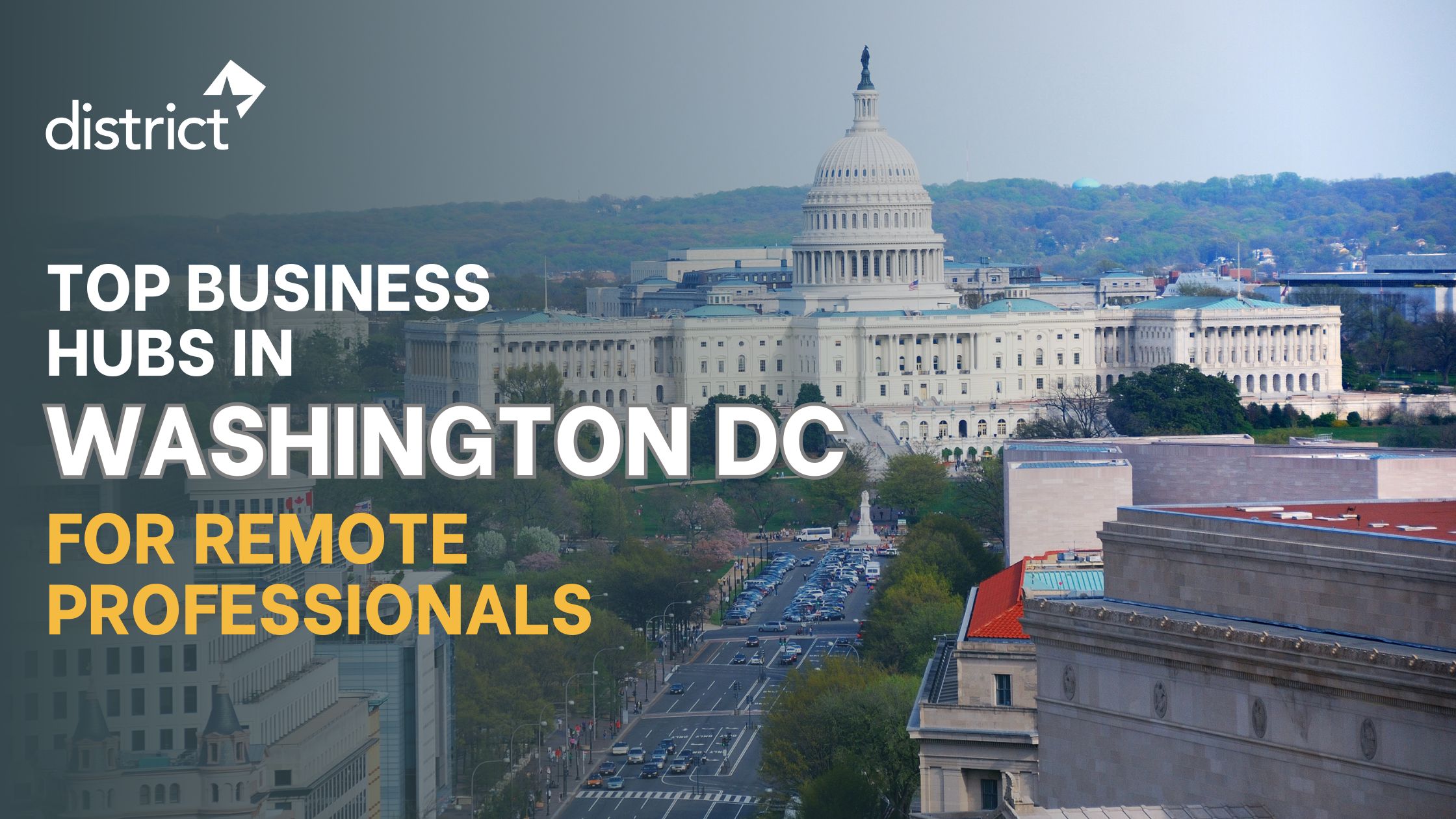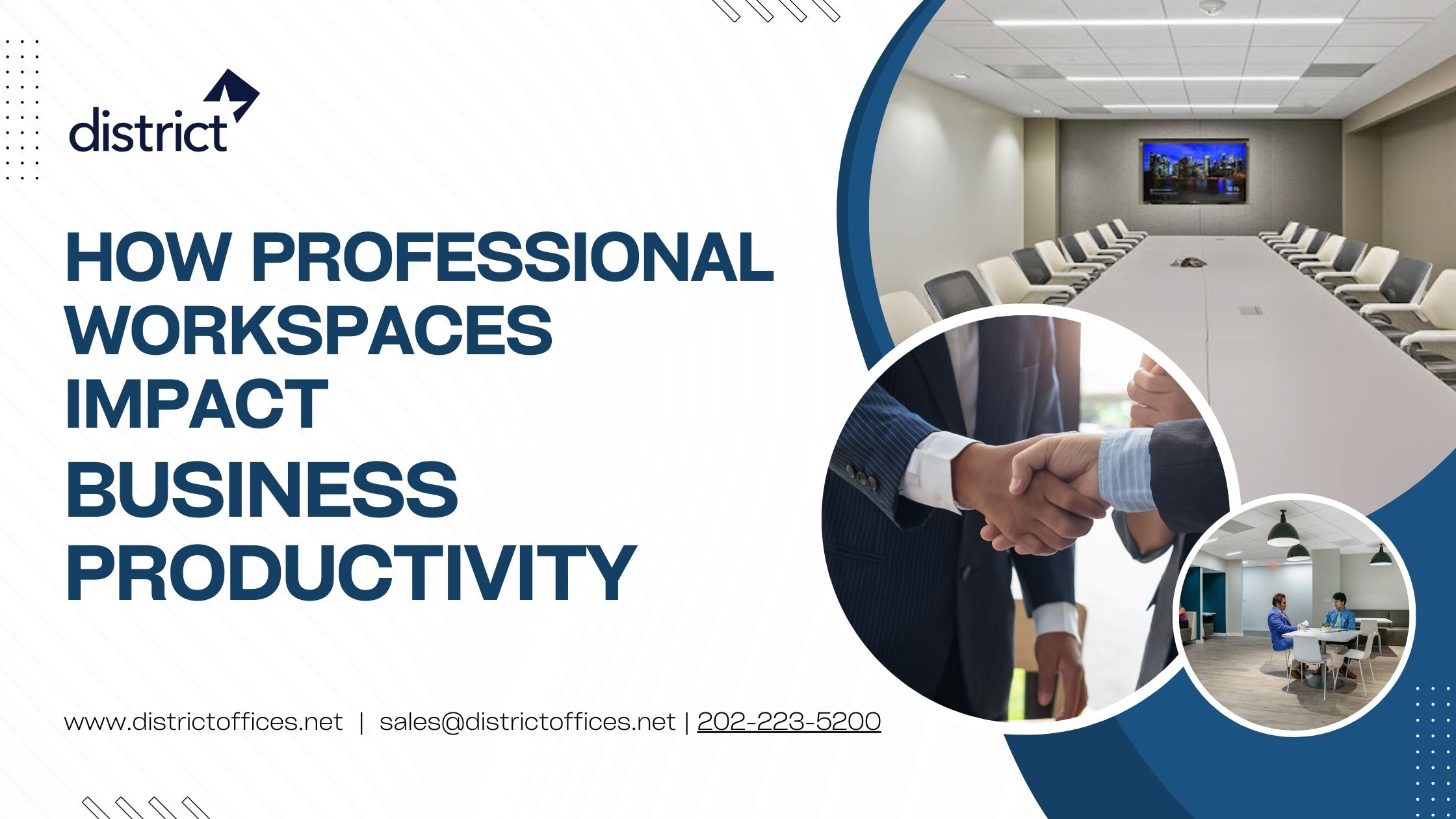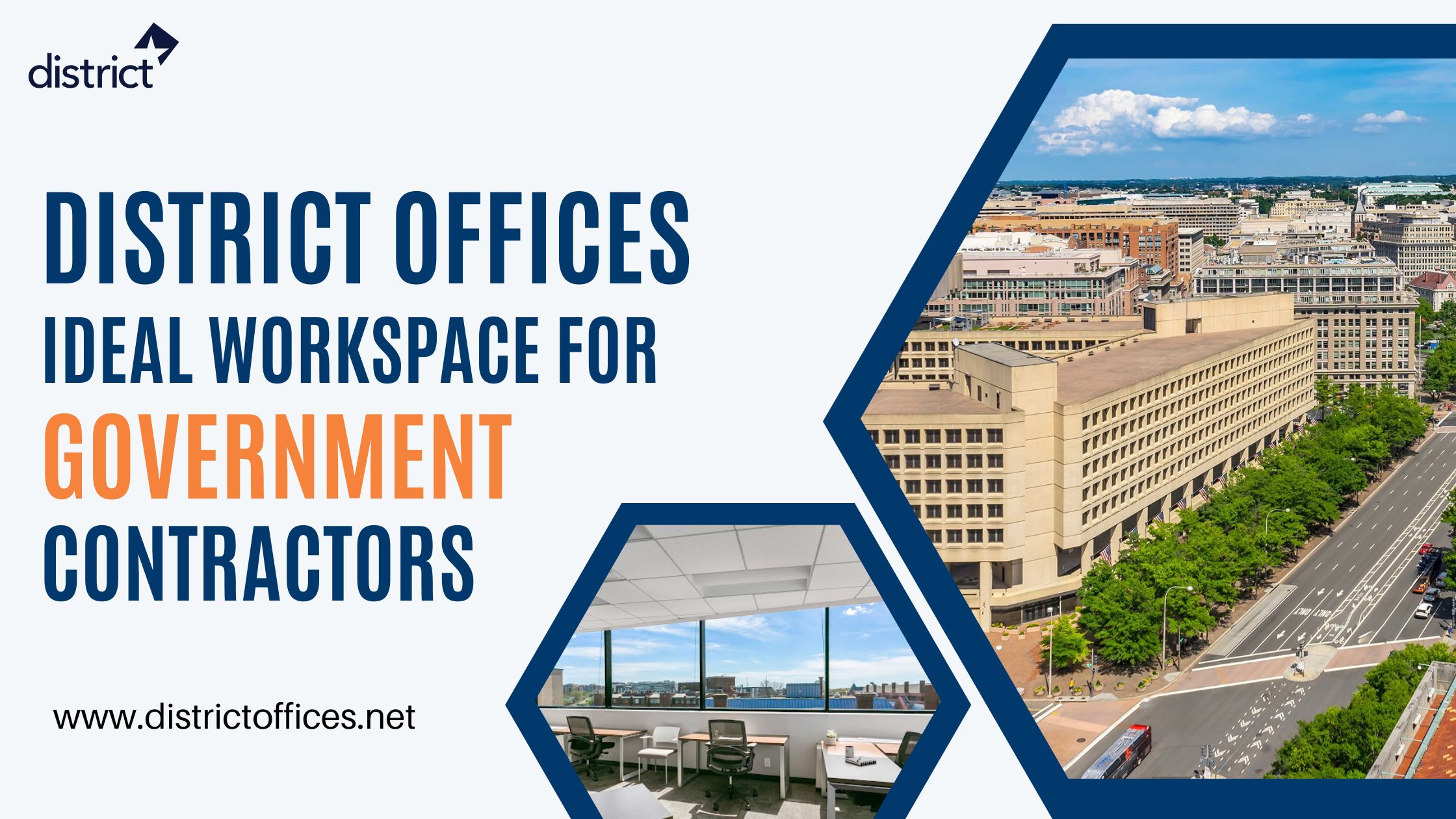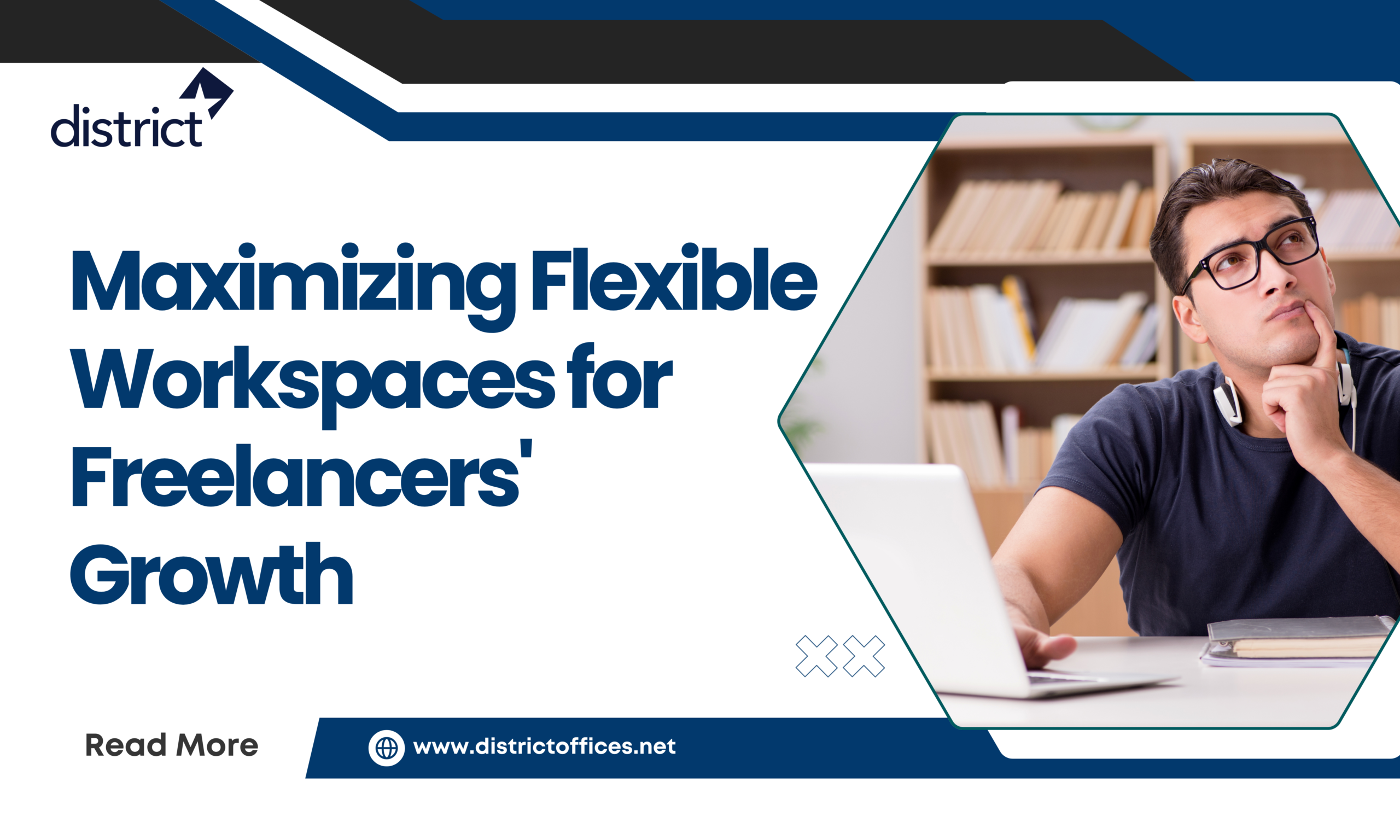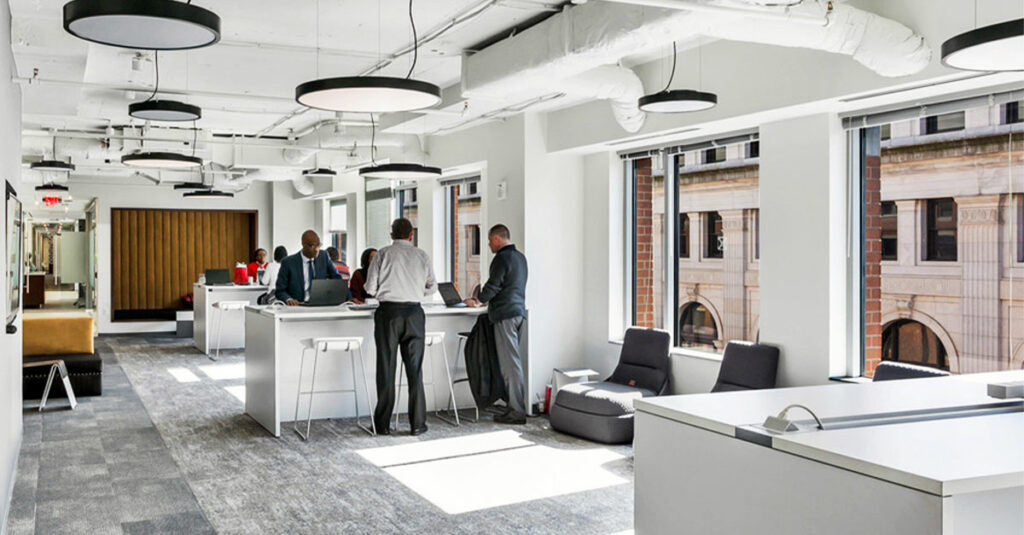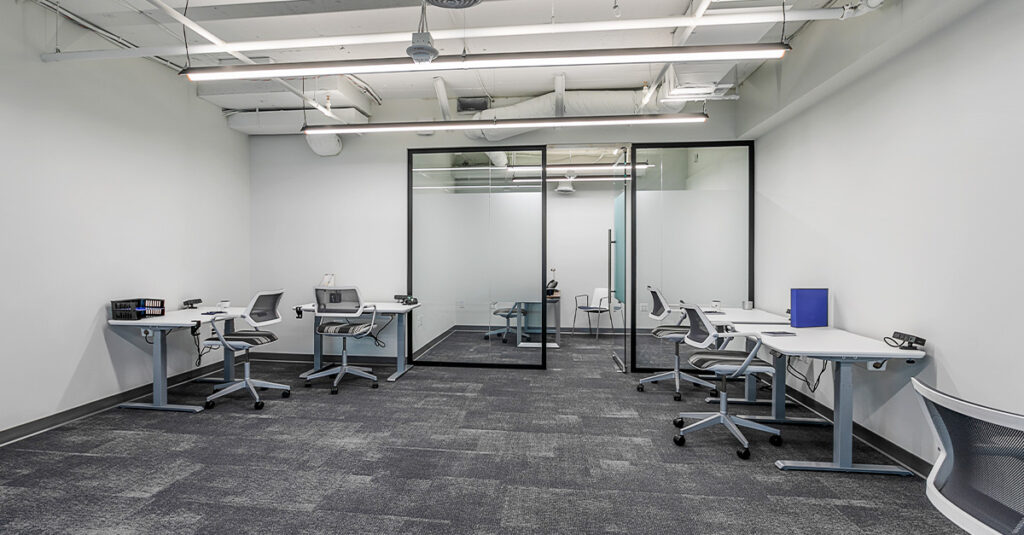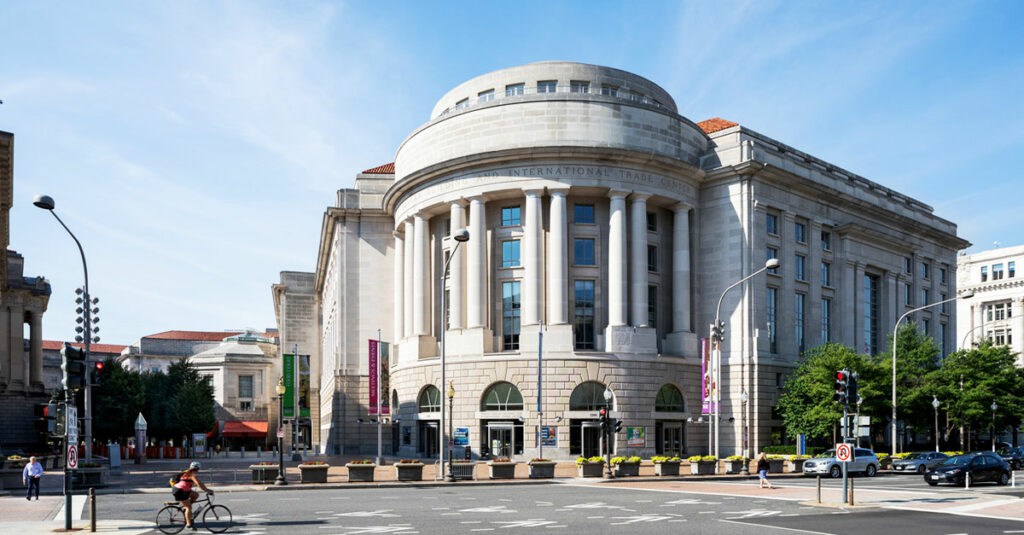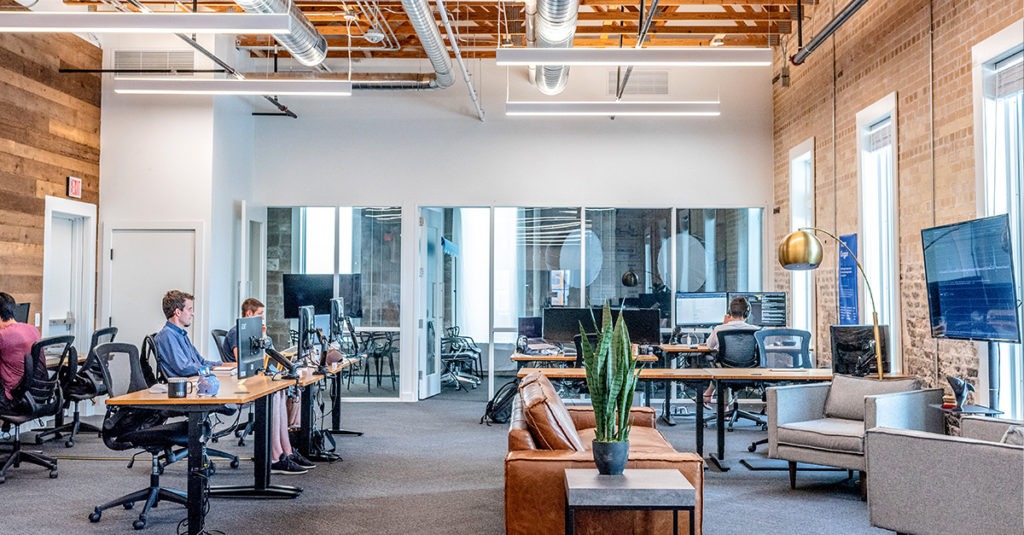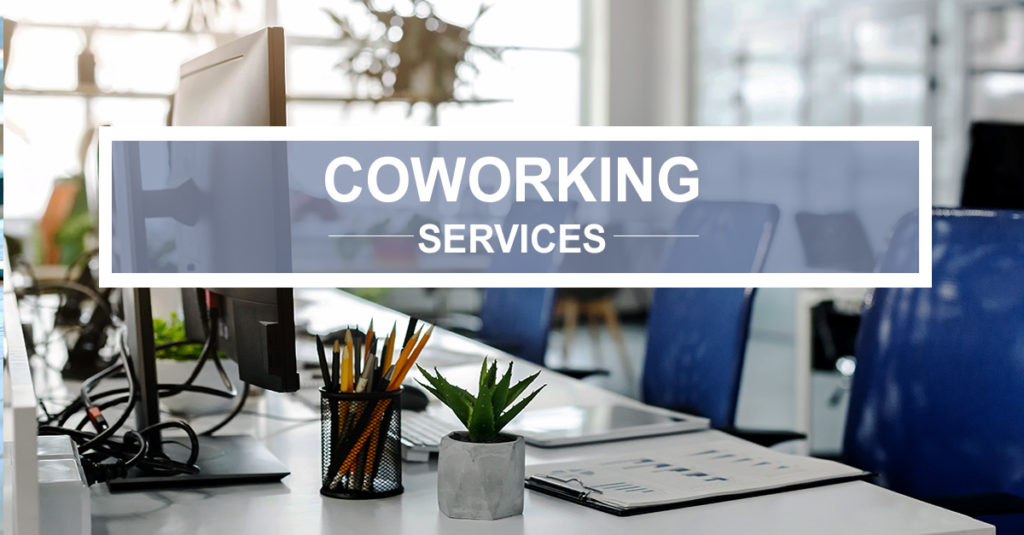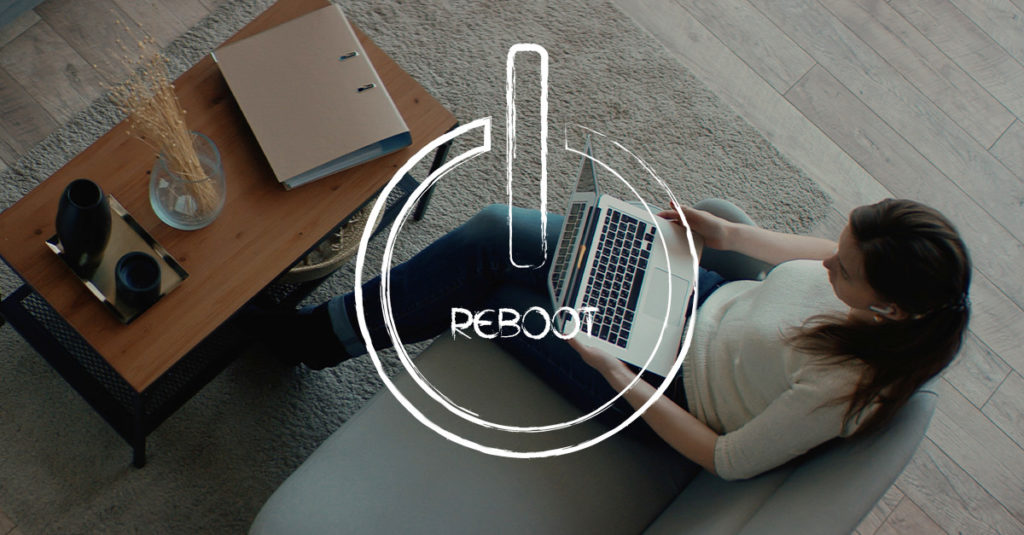At any given time, some 51% of workers are looking for a new job. With at least 41 million Americans having lost their jobs as businesses closed or slashed budgets during COVID-19 pandemic, there’s currently a huge potential hiring pool out there for employers to tap into. However, to get access to top talent, your company needs to deliver a working environment that resonates with workers’ needs.
Here’s what today’s employees are looking for in a job.
Table of Contents
ToggleMeaningful Work
Work represents a large part of how we spend our days, especially when you factor in growing commutes and the increasingly blurred boundaries between being on and off the clock. Unsurprisingly, workers want that time to return more than just money. Millennials, in particular, want to know that they’re contributing to something that has value and meaning, and which just may change the world for the better. Employers can provide this by building an organization with a strong, purposeful company culture, and by ensuring that every project or goal is aligned with it. Another way to achieve this is by encouraging your employees to work on their own projects as Google does or to volunteer on company time, as is the norm for B Corporations.
Work-Life Balance
While passionate workers are more likely to give up more of their personal hours to their job, 40% of surveyed workers described work-life balance as critical in a job. While the precise definition of this is highly individual, companies can take steps to ensure that workers have the space they need to fulfill the many dimensions of their personal needs without work encroaching upon them. Companies can help create these conditions by normalizing “logging off,” protecting lunch breaks, and encouraging employee-centric work arrangements such as work-from-home, working from remote offices or coworking spaces, or championing flexible hours or four-day workweeks.
A Sense of Belonging
Humans are social animals who crave in-group belonging. That’s just as true of the workforce as it is in our personal lives. When you create a workplace that fosters belonging, you’ll see decreased sick days, lower turnover, and higher performance. You can foster a welcoming, inclusive workplace that will draw top talent with group activities, active allyship, people-first initiatives and benefits, and investment in individuals. When your workplace actively strives to be inclusive and has a long-term plan for supporting workers, you’re well on your way to fostering wholesale belonging – which has major appeal for prospective hires.
Professional Development
We’ve all heard about the stereotypical Millennial job-hopper, but this characterization doesn’t actually get to the roots of this behavior. Millennials typically don’t switch jobs just for the paycheck and perks (although that’s a factor), but rather because a new employer offers a role aligned with their desired career progression. Employers who are attuned to their workers’ professional goals and who are able to flexibly adapt to meet these are more likely to keep workers happy. Some ways that employers can deliver on these needs include on-the-job training and professional development, support for postgrad education, and personal coaching. By regularly checking in with workers, employers can make sure that they’re offering what workers need – and if not, can make a plan to adapt or adjust to those needs.
It’s Time to Look Inward
This time of change and upheaval is the ideal time for organizations to reshape their internal cultures to ensure that they align with workers’ current needs. By doubling down on creating a workplace that’s meaningful, flexible, inclusive, adaptive, and supportive, you’ll be able to reach the top talent in your field. If your company is looking for a simple way to flex with your employees’ needs, consider a coworking space or virtual office at District Offices. We’re here to ensure that companies and their workers have everything they need to grow and succeed – on their own terms.



